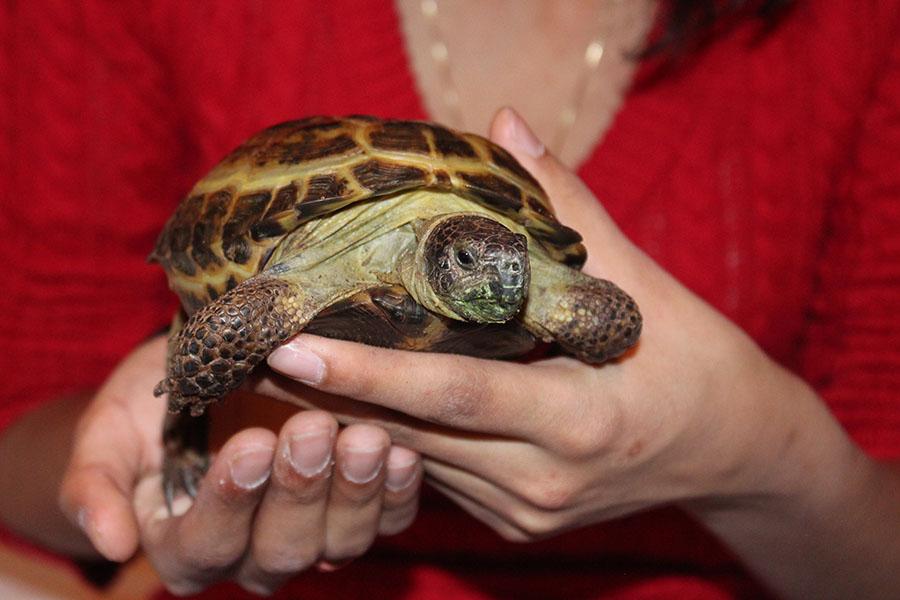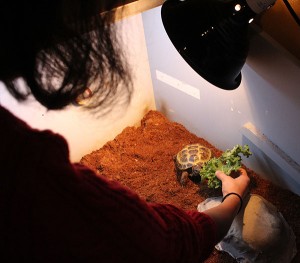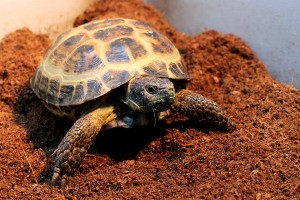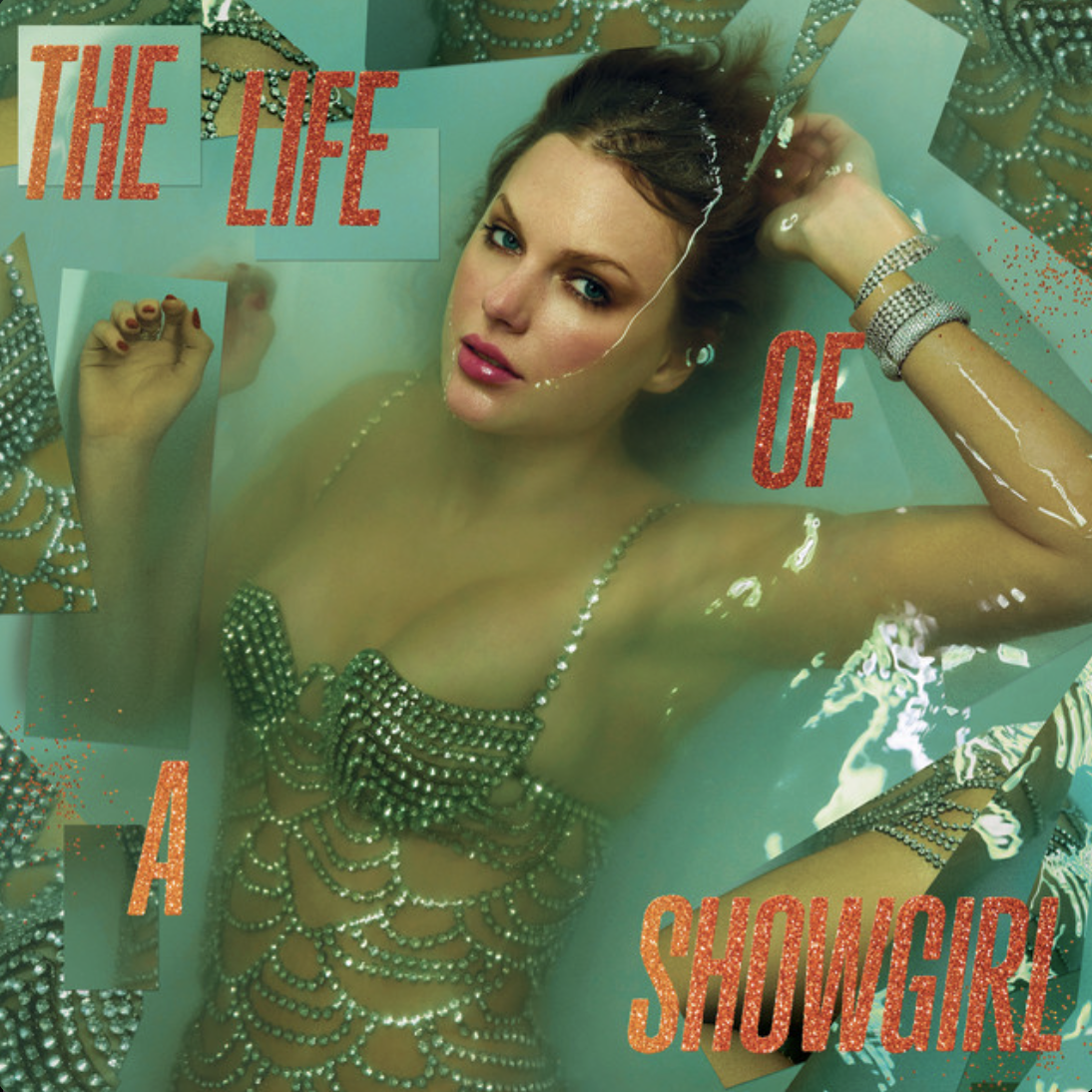A friend with a shell
Senior Priya Jain explains the story behind her unconventional pet: a Russian tortoise.
December 9, 2014
Tortoises are creatures similar to turtles that are commonly found in much of central Asia. One of these intriguing animals can be found in senior Priya Jain’s home. She has a six-month-old Russian tortoise named Poseidon that is about six inches long, but will continue to grow to up to ten inches.
Jain said Poseidon has a very specific diet. He eats vegetables, but gets other food items occasionally.
“[Poseidon eats] mostly any vegetables except for lettuce, which he loves but it’s really unhealthy for him,” Jain said. “Occasionally, I can give him fruit. Just little tortoise pellet things and calcium supplements.”
The decision to own a tortoise was not entirely dependent on Jain’s decision. She said she used to have fish, but they were too much for her family to handle.
“We used to have fish, but those were getting really hard to take care of,” Jain said. “My dad sold them when I was in elementary school and I was so heartbroken. He got us Russian tortoises to make up for having to sell the fishes because they are a lot less work.”
Jain’s mother, Dimple Jain, said they got the tortoise because it was low-maintenance. She said Poseidon relieves her daughter’s stress.
“I think it’s a great thing to have a pet like that,” Dimple said. “She already works so hard and she’s always wound up. The pet helps her stay calm.”
According to Jain, not much goes into taking care of a tortoise. They do not do much other than sleep and eat. She said it lives in her room, but she allows it to wander around.
“He has a little box that he lives in that sits right next to my bed,” Jain said. “I have to clean it once a month, just switch out the dirt that goes into it, just make sure he has water and food, then give him a bath once a week.”
Although Jain said Poseidon is low maintenance, there are still some disadvantages to have a tortoise instead of a typical cat or dog. She has to go to special pet stores for his expensive supplies.
“Some of the disadvantages are, because a lot of people don’t have [tortoises], it’s hard to find the right supplies and a lot of times I have to go to specialty stores to get stuff,” Jain said. “I can’t just go to PetSmart or PetCo to get the stuff I need for him.”
While a stereotype for tortoises is that they are very slow, Jain said that is not true. She has never had a tortoise that was slow. In addition, she said one of her tortoises had ran away.
“My old tortoise actually ran away because he loved being outside,” Jain said. “If you’d open the door, he’d just sprint out faster than you can even imagine. They are actually really fast; they’re not as slow as anyone usually thinks.”
According to Jain, there are two main reactions people have when learning about her pet tortoise: they are either really excited or nervous about being around it.
“Usually they are either really excited and want to take him from me and never give him back, or they are really disgusted or really freaked out,” Jain said. “Not disgusted, but they don’t want to touch him or hold him, or anything like that. They think he’s going to have some weird parasite or disease on him, but he doesn’t have any diseases.”
Jain said her family got a tortoise for the ease of taking care of it. They occasionally scratch the wood of the box and wander around, but Jain said they are similar to a pet dog, including the claws.
“[They are] just like a dog but less noisy,” Jain said. “[Their claws] are a centimeter long so they aren’t too long but they’re sharp. They can still scratch a little bit if you’re not careful.”
Jain said she will grow old with her tortoise as they live for 50 to 60 years. Dogs and cats are not what Jain said she was looking for. She said she would not get another type of animal, and her tortoise is what suits her life.
“It’s kind of fun to have a different animal than everyone else because they get so excited when they see it,” Jain said. “It’s something that’s different and they’re not used to it.”










